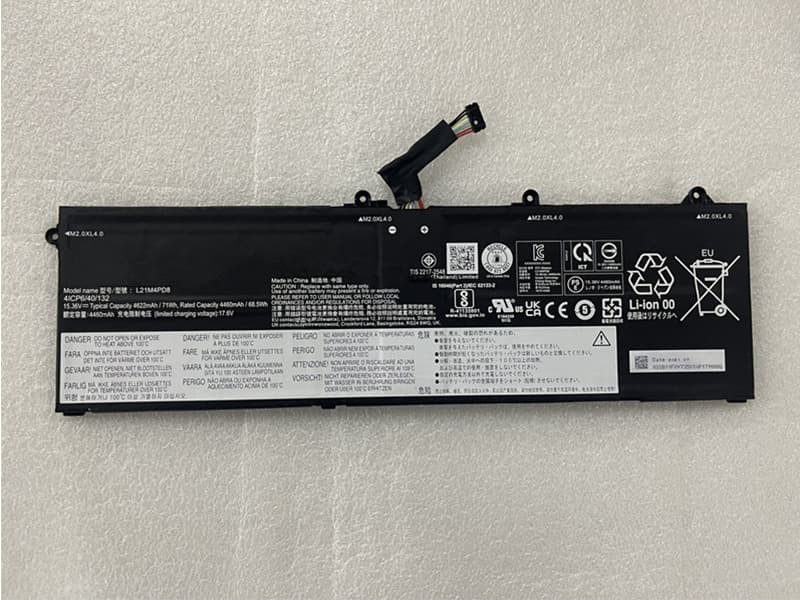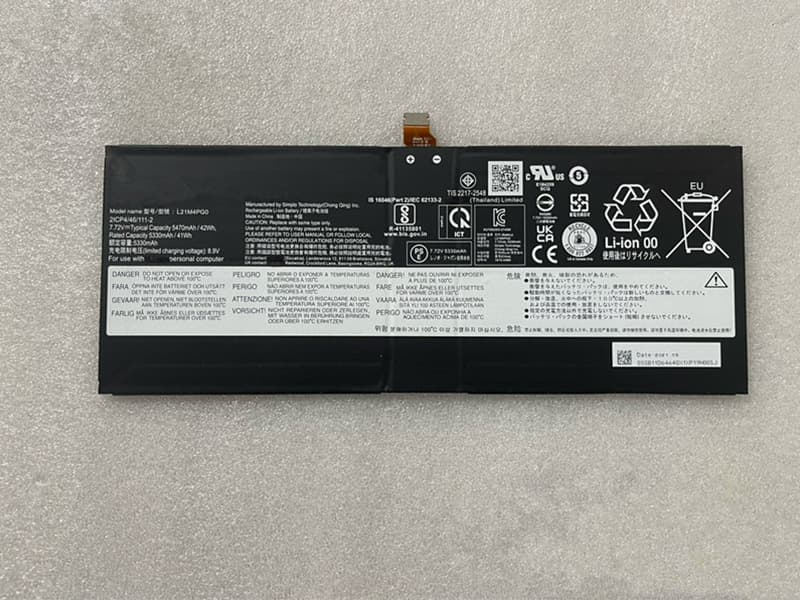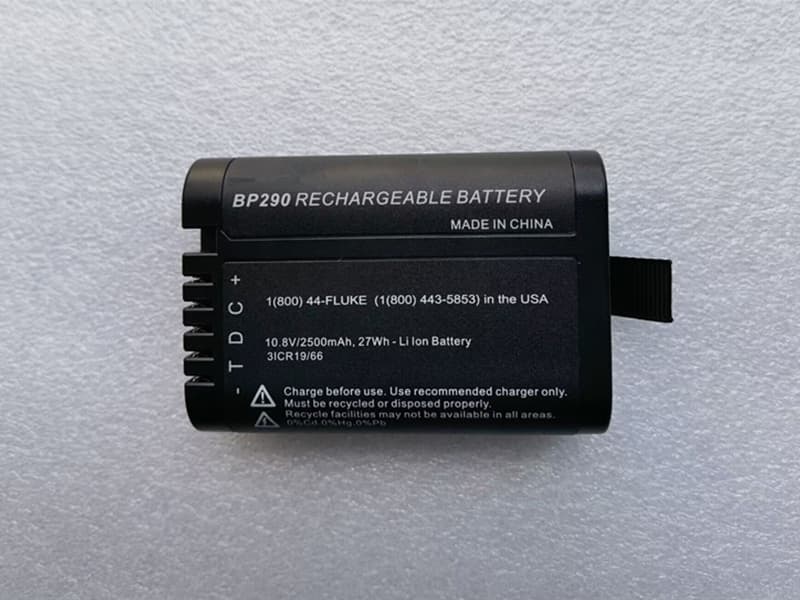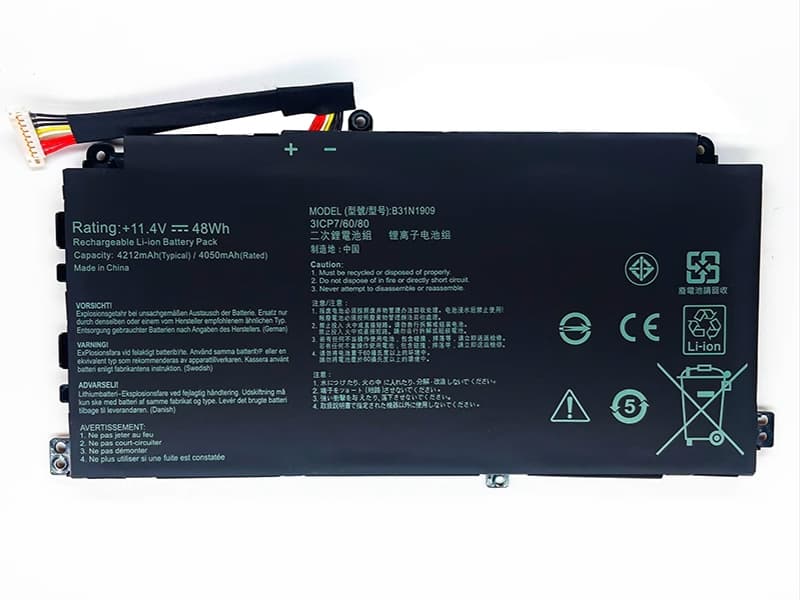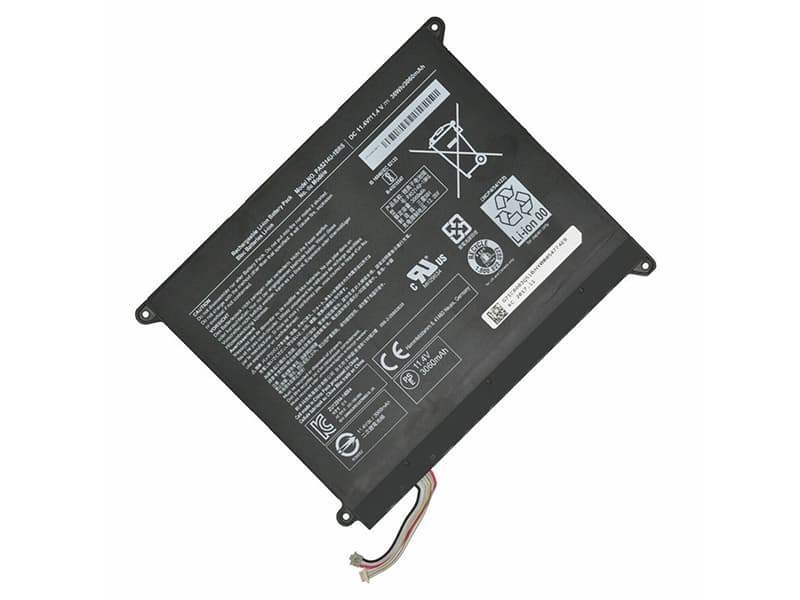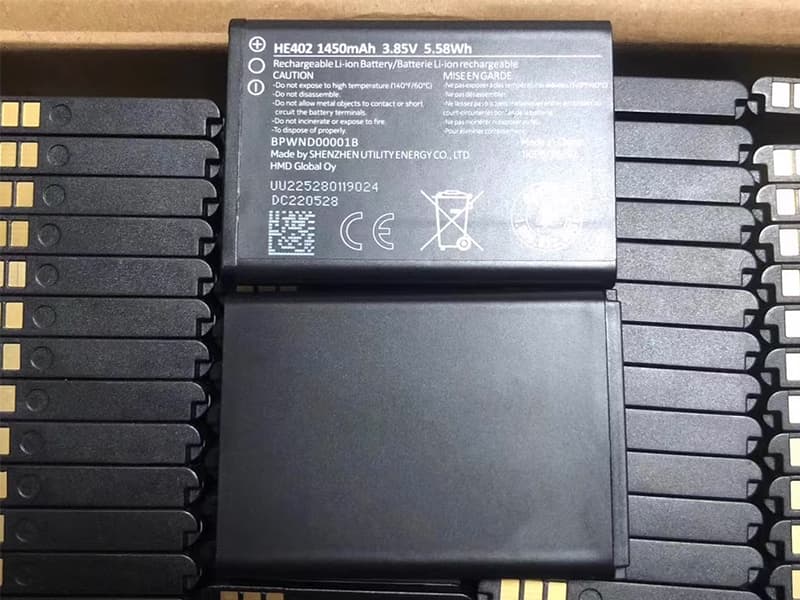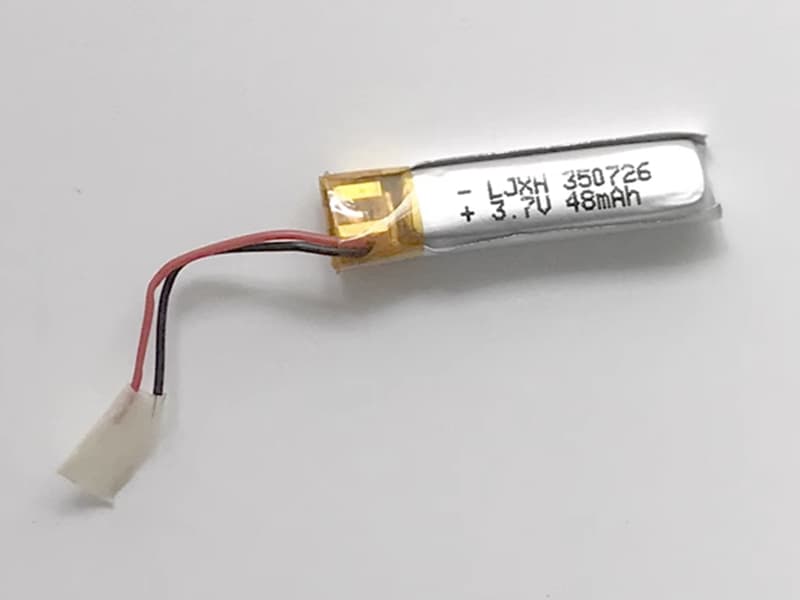
Nuestra batería VIVO B-R3 tiene la certificación CE y RoHS, cumple con los estándares de seguridad y medioambientales de Europa. Nuestra batería B-R3 es 100% nueva, no contiene ninguna pieza usada o renovada. Nuestra batería B-R3 tiene un precio asequible y una buena relación calidad-precio, es la mejor opción para comprar una batería.
| Batería Compatible para VIVO B-R3 batería para teléfonos móviles VIVO B-R3, de calidad garantizada, precio económico, de confianza. | ESPECIFICACIONES:Marca de la batería: batería para VIVO Tipo de batería: Li-Polymer Aplicaciones de la batería: VIVO teléfonos Capacidad: 5000mAh/19.35WH Voltaje: 3.87VSobre nosotroswww.parabaterias.com es una tienda de baterías online española. Este sitio tiene como objetivo proporcionar a los clientes productos reales y precios razonables en el mercado, y explorar y explorar constantemente la dirección potencial del mercado. |
Batería de repuesto para VIVO B-R3 5000mAh/19.35WH 3.87V, compatible con el equipo original de VIVO T1X, iQOO Z5X.
Números de pieza:
B-R3
Modelos Compatibles:
For VIVO T1X/iQOO Z5X
Referencia de precio de la batería B-R3
ES:VIVO B-R3
PL:VIVO B-R3
US:VIVO B-R3
ccbatterij:VIVO B-R3 Mobiele telefoon Accu
shopbatteries: VIVO B-R3 Replacement Battery
battery-trade:VIVO B-R3 cellphone battery
denchisutoa:VIVO B-R3
smartdenchi:VIVO B-R3携帯電話のバッテリー
batteri-barbar:VIVO B-R3 batteri
Baterías para móvil VIVO B-R3 Garantía
— 30 días de devolución de dinero, 12 meses de garantía.
— 30% descuento.
— 100% compatible VIVO B-R3. Garantizada para igualar o mejorar las especificaciones del fabricante.
— VIVO B-R3 Baterías para móvil, Transportamos a En todo el mundo.En parabaterias.com tenemos gran variedad de baterías de calidad para muchas marcas de teléfonos móviles y tablets. Si necesitas sustituir tu batería antigua deteriorada por una nueva, has llegado al sitio correcto. Selecciona tu marca de móvil · Xiaomi baterías · Samsung baterías · Apple baterías · Huawei baterías · LG baterías · Nokia baterías · BlackBerry baterías.
Le recomendamos que siga estos consejos para cargar su teléfono móvil de forma segura y adecuada:
Antes de cargar el teléfono, primero enchufe el cargador a una toma de corriente, y luego conecte el cable al teléfono.
Una vez cargado el teléfono, primero desconecte el cable del teléfono, y luego desenchufe el cargador de la corriente.
No deje el cargador conectado a la corriente cuando no lo esté usando.
No deje el teléfono conectado al cargador cuando la batería esté llena.
Mantenga la batería entre el 40 y el 60 % de carga, y evite que se descargue por completo o que se cargue al 100 %.
Utilice siempre un cargador de calidad y compatible con su teléfono.
PRODUCTOS MÁS POPULARES – Batería para VIVO
batería para teléfonos móviles B-W6, REEMPLAZO para Vivo X Fold+ Plus V2229A
batería para teléfonos móviles B-S2, REEMPLAZO para VIVO Y33S
batería para teléfonos móviles BA28, REEMPLAZO para Vivo T3
batería para teléfonos móviles B-W1, REEMPLAZO para VIVO Y35 5G
batería para teléfonos móviles B-E9, REEMPLAZO para Vivo X23
batería BW-A3, REEMPLAZO para Vivo smart watch
batería para teléfonos móviles B-H1, REEMPLAZO para VIVO V17 Pro
batería para teléfonos móviles B-T0, REEMPLAZO para VIVO Y76 Y76S
batería para teléfonos móviles B-N8, REEMPLAZO para VIVO S7
batería para teléfonos móviles B-Z1, REEMPLAZO para VIVO IQOO Z7X

Las tiendas Parabaterias.com Pilas disponen de un stock completo de baterías para los portátiles. Teneos baterías para 10.000 modelos diferentes de portátiles.
Las marcas populares de baterías para portátiles y adaptadores de CA, Lenovo, Dell, Asus, HP, Toshiba, Fujitsu, Sony, Apple, Microsoft, etc. se venden a los precios más asequibles.
Entrega rápida Pago rápido y cifrado SSL
1 año de garantia! 30 garantía de devolución de dinero días!
Cada producto está sujeto a rigurosos controles y pruebas de calidad.
Compatibilidad a 100% con características técnicas equivalentes o superiores a las originales.Baterías para portátiles 71TG4, Baterías para portátiles V360BAT-4-73, Baterías para portátiles L19C4PC1, Baterías para portátiles BP2S2P2050S, Baterías para portátiles V5K68, Baterías para portátiles L14S4PB0, Baterías para portátiles 01AV409, Baterías para portátiles 42T4928, Baterías para portátiles L22B3PG5, Baterías para portátiles AE03XL,
Reemplazar la Batería para teléfono móvil:
Ya sea que tenga un iPhone, un Android o un teléfono plegable, visite parabaterias.com para obtener baterías de repuesto duraderas y de calidad que le permitirán seguir conversando, enviar texto y conectarse. Contamos con baterías para todas las marcas principales:Blackberry,BLU,Google,Kyocera,LG,Motorola,Nextel,Nokia,Samsung,ZTEEB-BG965ABA Batería para teléfono móvil Samsung Galaxy S 9+ plus; BL-T45 Batería para teléfono móvil LG K50S 2019 LMX540HM X540 X540EMW; 2820mAh-KS40-E6-Play Batería para teléfono móvil Motorola Moto E6 Play XT2029-1; EB575152LU Batería para teléfono móvil Samsung Galaxy i9000 i9001 i589 i779 i9003 i8250 i919; LI3715T42P3H415266 Batería para teléfono móvil ZTE Avail Z990 N990 N760 N780 V881; E6706ZTE-B Batería para teléfono móvil ZTE PHONE; S158 Batería para teléfono móvil ZTE S158; HE338 Batería para teléfono móvil NOKIA 2; HE344 Batería para teléfono móvil Nokia mobile phone; LGIP-520N Batería para teléfono móvil LG GD900E BL40E GW505 BL40;


